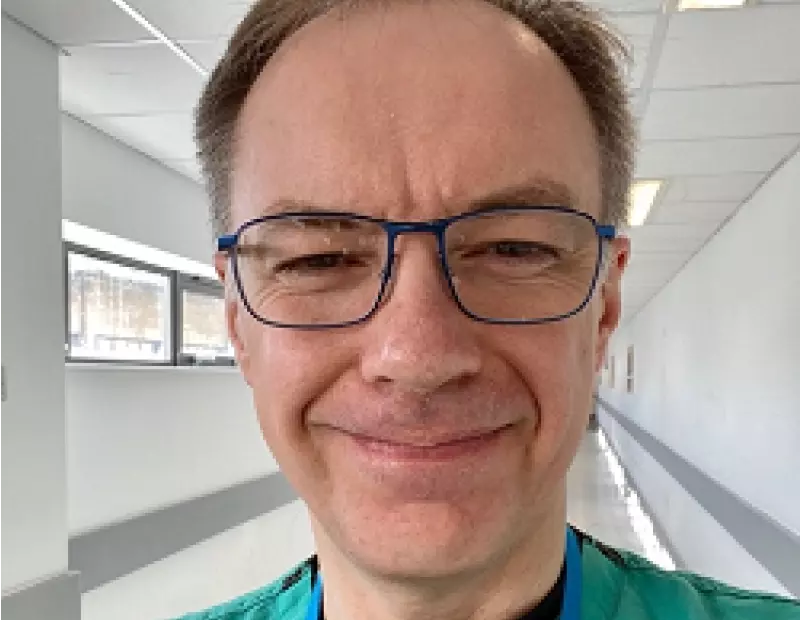How Common is BHD? A study in a Healthcare System Population
6 Sep 2023
The prevalence of Birt-Hogg-Dubé syndrome is currently unknown. Some reports have estimated the prevalence to be 1 in 200,000 people, but this is likely an underestimate of the true figure.
There have been multiple reports looking at how common BHD-related features are. For example, it is thought that:
- around 9 in 10 people develop skin bumps.
- around 1 in 4 people will have a collapsed lung.
- up to 1 in 3 people will get kidney cancer.
These figures can be biased based on multiple factors. For example, a study carried out in a lung centre may find that lung symptoms are more common. This is often due to the underlying bias that most individuals who are seeing a lung doctor have lung problems. The demographics of the population being studied is also important as there have been differences in the symptoms reported in different ethnicities. Understanding the true prevalence of BHD is important as it will influence the counselling and future management of the condition.
A recent paper has estimated the prevalence of BHD. One of the best ways to do this is to look at how many people have a mutation in the gene associated with BHD, folliculin (FLCN) The authors looked at FLCN variants in a specific healthcare system-based population in Pennsylvania. They then went on to estimate how many people with a FLCN variant had any symptoms using electronic health records (EHR).
They found a FLCN variant in 35 people out of 135,990 people tested (1 in 3885 people). This is very different to the previously estimated 1 in 200,000 people. However, the 35 individuals came from 28 different families in the cohort. When this was taken into account, the prevalence of FLCN variants increased to 1 in 3234 people. A total of 13 unique FLCN variants were identified, 9 of which had been reported previously. It should be noted that the authors only look for pathogenic or likely pathogenic FLCN variants. When the authors looked at the EHR of the 35 people, 24 of them had at least one BHD-related feature documented.
Skin
21 people had seen a dermatologist and/or had a skin biopsy performed. However, only 3 out of 21 people had a BHD-related skin finding. This is in contrast to the literature which reports a high number of skin symptoms among people with BHD. The authors did not suggest why there was a lower frequency of skin symptoms reported in this study.
Lung
23 out of 35 people had lung symptoms. However, only 29 of 35 people had a CT or MRI scan that included at least part of the lungs. Lung cysts were confirmed in 23 out of 29 people. However, only 13 of these had scans in which the entirety of the lungs could be visualised. Of these, all 13 had lung cysts. It is possible that lung cysts were missed in people who did not have a lung scan or partial lung scan. 6 out of 23 people had experienced at least one collapsed lung. 4 people had repeated instances of collapsed lungs.
Kidney
Only 1 person was found to have kidney cancer (chromophobe renal cancer). Of the remaining 34 people with a FLCN variant, 27 had imaging that included the kidneys. Of these, 23 had imaging that showed the entire kidneys. 3 people had renal masses, however these had not been confirmed to be kidney cancer or associated with BHD.
Other symptoms
The authors also reviewed the EHR of the individuals to determine if they were any other BHD-related features. They noted one case of parotid oncocytoma. No individuals had thyroid cancer and they did not report on colon cancer.
Diagnosis
Only 4 of the 35 people had a diagnosis of BHD in their EHR. All 4 had at least one BHD-related symptom, including lung cysts. The authors comment on the fact that although 23 people had lung cysts, this did not warrant further investigation such as referral for genetic testing. Additionally, lung cysts in the 9 of 23 people were only found on review of the data by a radiologist and were not originally documented in the EHR. Improved clinical recognition of seemingly harmless signs such as lung cysts is needed. Recognising these features should prompt additional evaluation for an underlying genetic cause. Early diagnosis of BHD is important for the management of the condition to identify and treat any kidney cancer as soon as possible. It may also influence treatment of other BHD symptoms such as collapsed lungs. A pleurodesis may be performed earlier in people with BHD to prevent recurrent episodes of lung collapses.
Summary
The authors of this study found 1 in 3234 people with a FLCN variant in their healthcare system-based population. When considering symptoms, 1 in 5663 individuals had a FLCN variant and at least one BHD-related feature. In this study, only 4 out of 35 individuals were diagnosed with BHD. The authors noted some limitations to their current study. Firstly, most individuals in the cohort are of European ancestry and from the same healthcare system. It is therefore unclear if the findings in this study can be generalised across different populations. Secondly, the estimates of the frequency of symptoms in this study were dependent on data found within the EHR. For example, not every individual had sufficient imaging done to fully assess the symptoms. This further highlights the need to raise awareness of BHD among healthcare professionals to aid early diagnosis.

So how common is BHD?
We need more data to find out how common BHD is, so we are funding a study.
